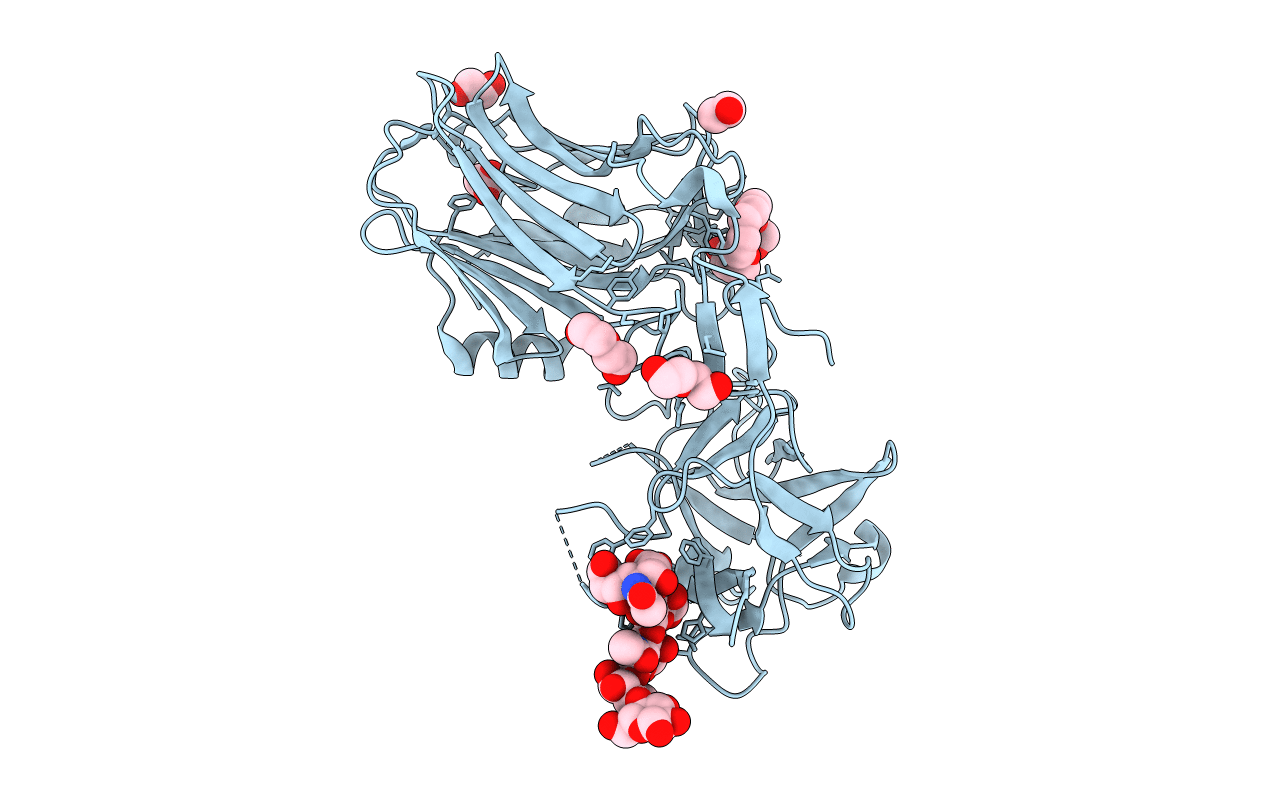
Deposition Date
2019-11-21
Release Date
2020-01-29
Last Version Date
2024-01-24
Entry Detail
Biological Source:
Source Organism:
Clostridium botulinum (Taxon ID: 1491)
Host Organism:
Method Details:
Experimental Method:
Resolution:
1.75 Å
R-Value Free:
0.21
R-Value Work:
0.17
Space Group:
P 21 21 21


